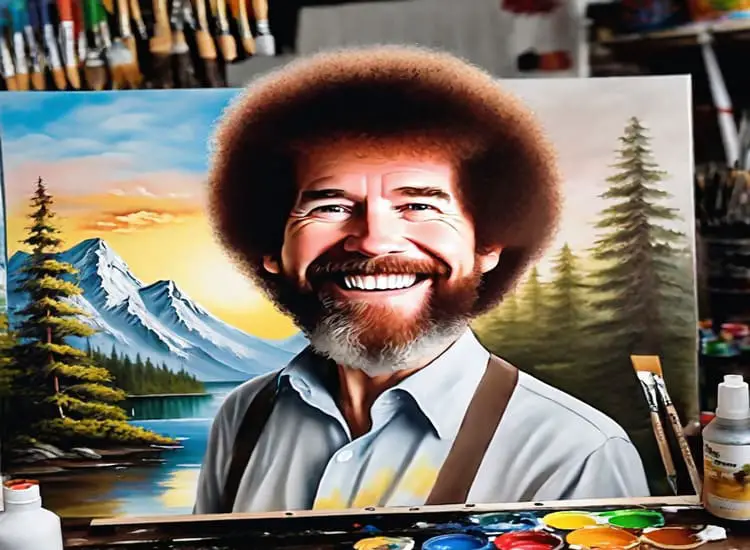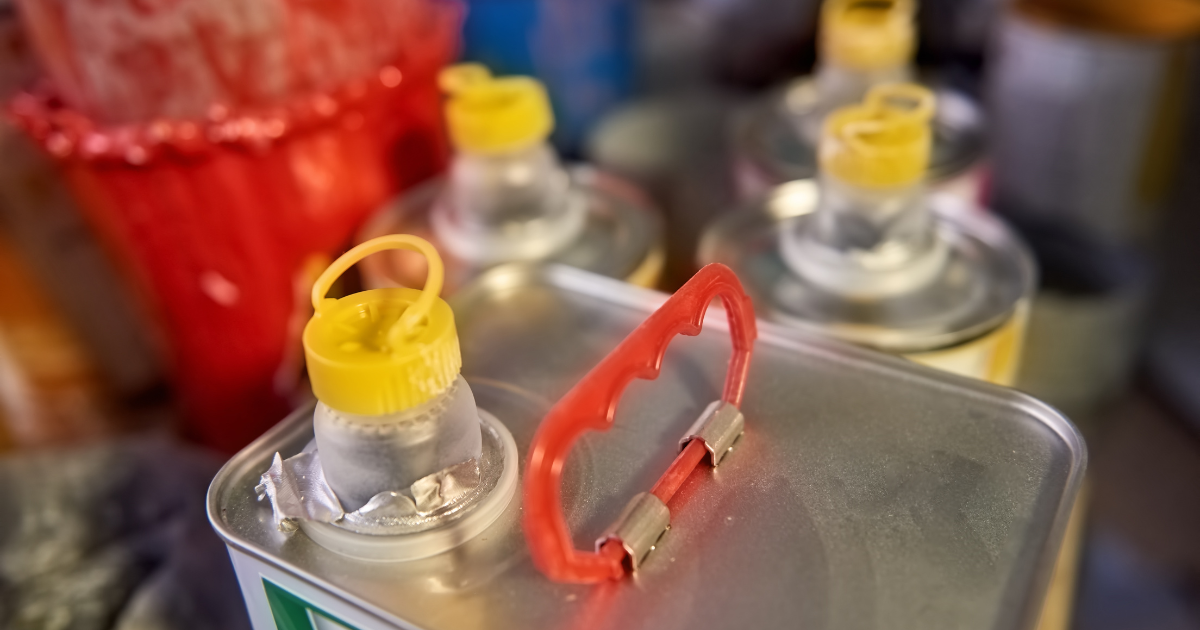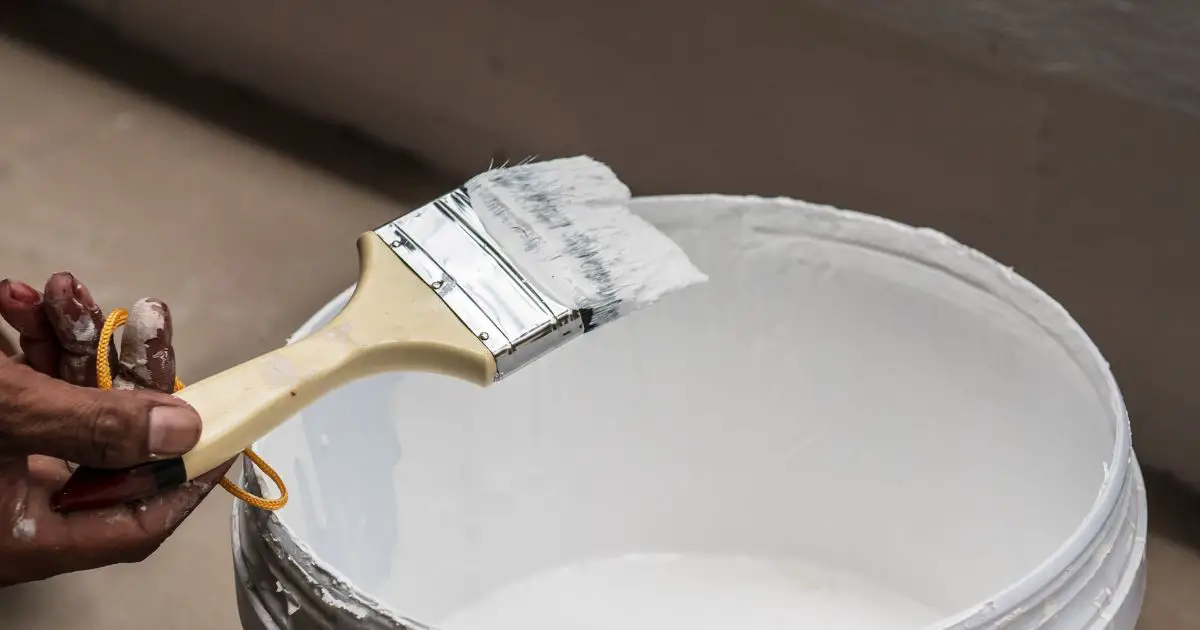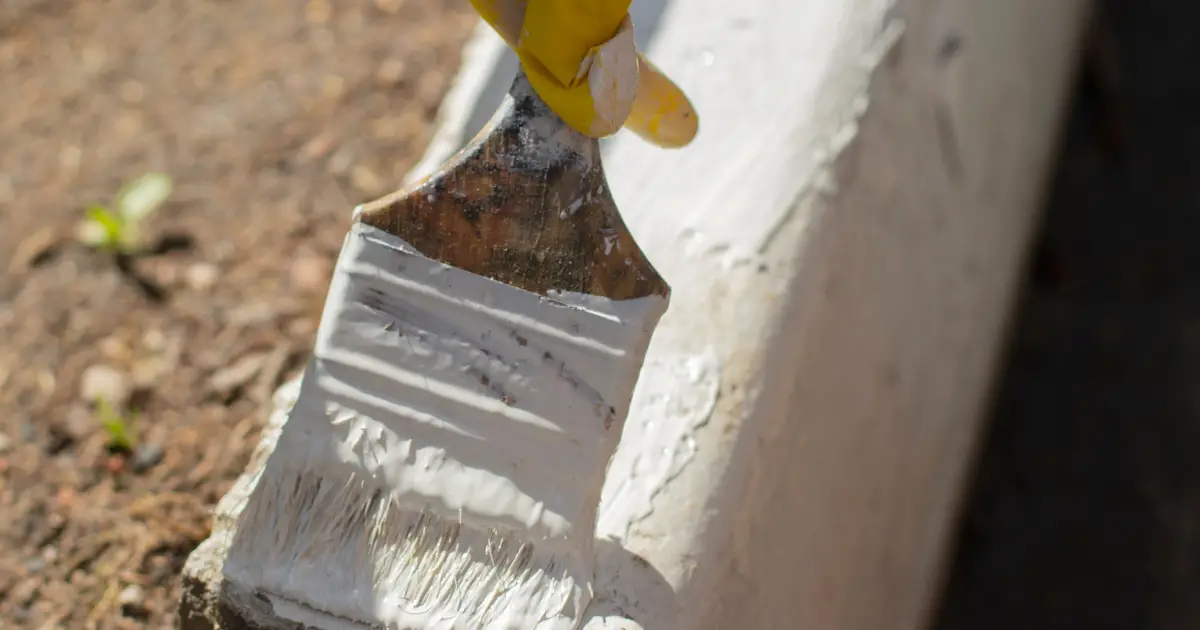Bob Ross, the legendary artist, is renowned for his unique painting style and captivating landscapes. Many aspiring artists wonder if it’s possible to recreate his iconic artworks using acrylic paint.
In this blog post, we will explore the feasibility of using acrylic paint to achieve the desired results and provide valuable tips for successfully emulating Bob Ross’s technique.
Can Acrylic Paints Capture the Essence of Bob Ross’s Art?
Bob Ross’s distinctive art style is traditionally associated with oil paints. However, due to the high cost of oil paint sets, many artists seek alternative options.
Acrylic paints can be an excellent choice for recreating Bob Ross-style paintings. While they differ from oil paints in some aspects, acrylic paints offer their own advantages and can produce stunning results.
The Technique: Wet-on-Wet Painting
Bob Ross’s wet-on-wet painting technique involves applying wet paint onto a wet surface, allowing colors to blend and create soft, seamless transitions. Acrylic paints can be used effectively in this technique.
To achieve the desired effect, wet the painting surface before applying thin layers of acrylic paint. The same techniques used for watercolor painting can be employed, or you can apply thicker layers akin to oil paints.

Essential Materials for Creating Bob Ross-Style Paintings with Acrylics
To embark on your Bob Ross-inspired acrylic painting journey, you will need the following materials:
- A White Liquid or Gesso: Use this to achieve the same effect as Bob Ross’s Liquid White. It helps create an underpainting that stays wet for longer periods.
- Acrylic Paints: Look for colors that closely resemble the original Bob Ross palette. For example, Crimson Alizarin can be substituted with perylene maroon, and Cadmium Yellow with lemon yellow.
- Brushes: The number 6 Bristle Filbert Brush is frequently used for landscapes and fine details. While Bob Ross brushes are ideal, you can also opt for high-quality alternatives.
- Canvas: Choose a canvas of suitable size, such as 16 x 20 inches, as Bob Ross’s wet-on-wet technique works best on specific canvas dimensions.

Tips for Painting Like Bob Ross with Acrylic Paints
To enhance your acrylic painting experience and achieve impressive results, consider the following tips:
- Keep Your Brushes Wet: Ensure your brushes remain moist during the painting process to prevent pigment from settling. Have a small cup of water nearby for moistening the brushes without wetting the handles.
- Use a Makeshift Palette: Instead of investing in an expensive palette, opt for cost-effective alternatives like paper plates or a simple paint tray. These can be easily cleaned and reused.
- Experiment with Canvas Sizes: If you can’t find the exact canvas size used by Bob Ross, don’t worry. You can use alternative dimensions that maintain the aspect ratio, such as a 12 x 16-inch canvas.
- Emulate Bob Ross’s Technique: Practice Bob Ross’s signature wet-on-wet painting technique by applying thin layers of acrylic paint on a wet surface. Focus on blending colors and creating soft transitions.
Should You Use Bob ross Oil Paint or Acrylic?
Whether to use Bob Ross oil paint or acrylic depends on personal preference and desired effects. But you should consider following key points to aid your decision:
Bob Ross Oil Paint:
- Traditional medium for Bob Ross’s technique
- Longer drying time allows for easier blending and adjustments
- Achieves smooth, luminous effects
- Requires additional materials for cleanup (e.g., solvents)
Acrylic Paint:
- Quick-drying and water-based
- Versatile with various techniques and styles
- Easy cleanup with water
- Can achieve vibrant colors and texture effects
- More affordable and accessible
Bob Ross Main Acrylic Paint Colors and Acrylic Substitutes
| Bob Ross Main Acrylic Paint Colors | Acrylic Substitutes |
|---|---|
| Titanium White | Titanium White |
| Phthalo Blue | Phthalo Blue |
| Prussian Blue | Prussian Blue |
| Phthalo Green | Phthalo Green |
| Sap Green | Sap Green |
| Van Dyke Brown | Burnt Umber |
| Alizarin Crimson | Quinacridone Red |
| Cadmium Yellow | Cadmium Yellow |
| Yellow Ochre | Yellow Ochre |
| Indian Yellow | Indian Yellow |
| Bright Red | Cadmium Red Medium |
| Midnight Black | Carbon Black |
| Liquid White | Acrylic Medium |
Tips to Paint Like Bob Ross and Save Money!
- Use a limited color palette: Save money by focusing on essential colors.
- Invest in quality brushes: Good brushes last longer and help achieve desired effects.
- Explore affordable alternatives: Look for budget-friendly art supplies.
- Practice efficient paint usage: Follow Bob Ross’s techniques to make paint go further.
- Experiment with DIY materials: Make your own canvases or repurpose materials.
- Watch Bob Ross tutorials: Learn his techniques without relying on expensive materials.
- Start with smaller canvases: Practice on smaller sizes before moving to larger, costlier surfaces.
- Take care of your art supplies: Properly clean and store brushes and paints to extend their lifespan.
- Remember the techniques and mindset: Learn from Bob Ross’s approach to create beautiful artwork while being mindful of your budget.
How much is a bob ross painting worth?
Factors Influencing the Value of a Bob Ross Painting:
| Factor | Description | Cost Range |
|---|---|---|
| Size | The physical dimensions of the painting | Small: Few hundred dollars |
| Large: Several thousand dollars or more | ||
| Subject Matter | The theme or content depicted in the painting | Varies based on demand and popularity |
| Condition | The overall state of preservation and any damage/restoration | Varies based on the extent of damage/restoration |
| Authenticity | The verification and documentation of the painting’s origin | Varies based on the credibility of provenance |
| Market Demand | The level of interest and demand for Bob Ross’s paintings | Varies based on the current market dynamics |
| Provenance | The historical significance or notable ownership history | Varies based on the prominence of previous owners |
Conclusion
While Bob Ross’s art style is traditionally associated with oil paints, it is indeed possible to create stunning Bob Ross-inspired paintings using acrylic paints.
By following the wet-on-wet painting technique and selecting the right materials, you can achieve remarkable results. Acrylic paints offer affordability, quick drying times, and a wide range of vibrant colors, making them an excellent choice for aspiring artists.
So, grab your brushes, acrylic paints, and canvas, and embark on a creative journey to replicate the beauty of Bob Ross’s artistry. Happy painting!









